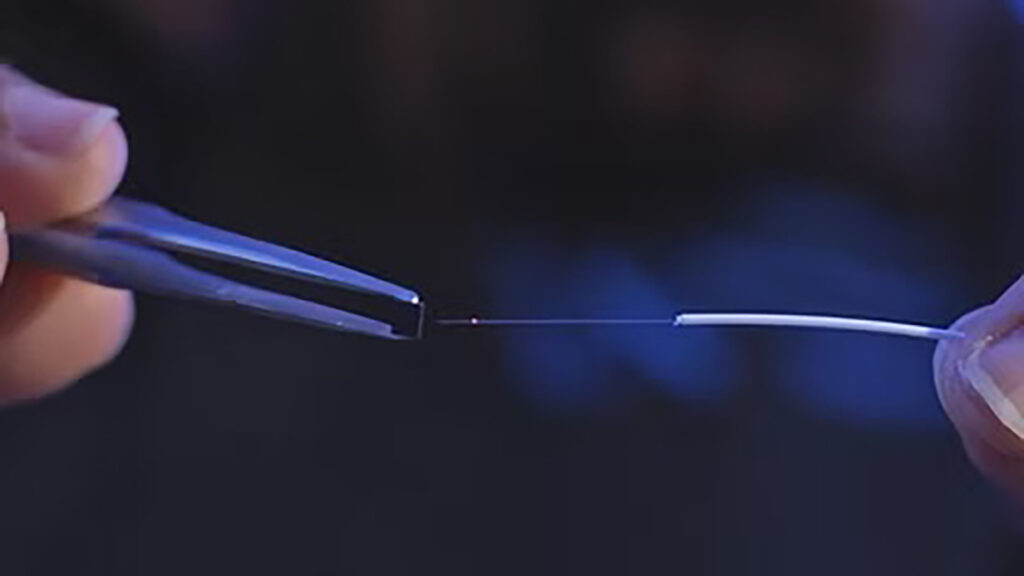A $1.25 million grant will help I-Corps alumni startup Photonect Interconnect Solutions advance the commercialization of its photonics innovation. Photonics technology can make data centers and telecommunications networks, which require a lot of power to handle internet traffic and cloud storage, more cost- and energy-efficient.
The Small Business Innovation Research (SBIR) Phase II award from the National Science Foundation provides funding for Photonect to develop a minimum viable product of their laser fusion attach machine. This technology can rapidly connect optical fibers to optical chips, which improves the manufacturability of photonic devices with increased complexity.
As a master’s student at the University of Rochester, Photonect founder Juniyali Nauriyal focused on improving photonic chip performance at the point of connection. She continued the research during her Ph.D. at the university’s Institute of Optics, where she developed a new method of connecting optical fibers to chips at data centers.
“Right now, they connect a fiber and a chip by bringing them together, aligning them, and then literally gluing them together,” Nauriyal said. “When you glue something together, it’s not that efficient.”
Nauriyal’s attachment technology solves this issue by improving the performance of the chip at the point of connection. This reduces the issue of power loss, which hinders widespread adoption of photonic devices essential for internet access, cloud computing, and artificial intelligence.
“We have a laser-based welding process between a fiber and a chip, because fiber is made of glass and chips are made of glass,” she said. “This process takes about few seconds, as compared to 10 minutes of just the glue and epoxy process.”
Nauriyal continued, “With AI coming in, you need a lot more data centers and a lot more internet bandwidth and power. That means you need more of these devices. And if it’s taking 10 minutes to just connect a fiber and a chip together, imagine making millions of these pieces and connecting them. That adds up to a lot of time. It would decrease your production speed, as well as increase the cost associated of making it.”
The new funding will allow Photonect to develop their commercial product, hire new team members, and launch their product in the market.
Photonect’s latest grant builds on earlier support from an SBIR Phase I award from the NSF, an STTR Phase 1 grant from NASA, and an SBIR Phase I award from the Department of Defense. Nauriyal is also part of the Activate Fellowship Program. Before securing funding for her startup, Nauriyal completed NSF I-Corps regional and national programs in 2020.


